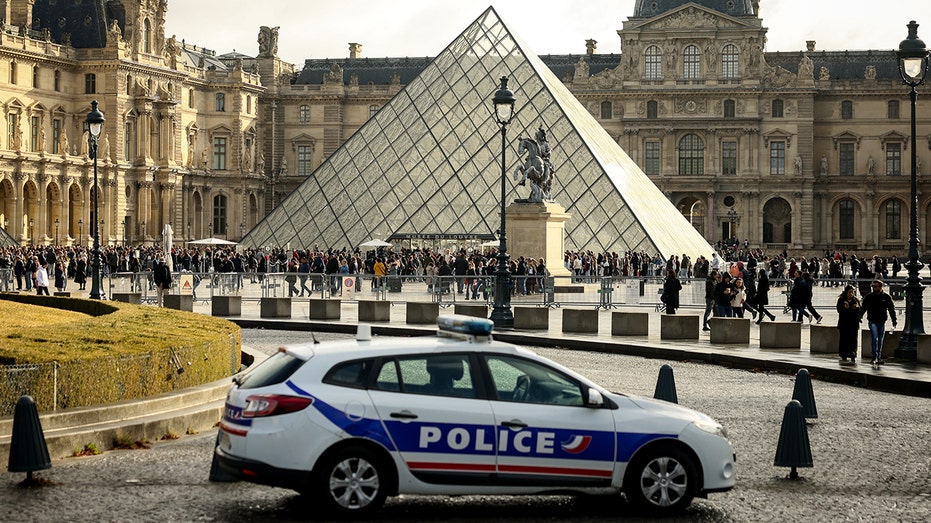A breathtaking discovery in Jerusalem has rewritten a chapter of biblical history. Excavators unearthed the first-ever Assyrian inscription found within the city, a tiny fragment of pottery holding echoes of ancient power struggles and royal correspondence.
The remarkable find emerged from the Tzurim Valley National Park, though its origins lie in rubble near the Western Wall, a location steeped in millennia of history. This wasn’t a grand monument, but a small piece – barely 2.5 centimeters long – that held an immense secret.
Dating back 2,700 years, the inscription is carved in Akkadian, the language of the mighty Assyrian empire. This empire dominated the Near East for centuries, a force that loomed large over the kingdoms described in the Bible.
Archaeologist Moria Cohen described the moment of discovery as electrifying. Sifting through soil, she noticed an unusual pattern on a piece of pottery. It wasn’t decoration, but the unmistakable form of cuneiform script – a writing system rarely, if ever, seen in Jerusalem.
The fragment appears to be part of a royal bulla, a clay seal used to authenticate messages between kings. It records an exchange, hinting at a tax payment or other obligation owed by the Kingdom of Judah to its Assyrian overlords.
Historians believe the message was likely addressed to one of three Judean kings – Hezekiah, Manasseh, or the early reign of Josiah – during a period when Judah existed as a vassal state under Assyrian rule. The inscription offers a rare glimpse into the complex relationship between these two powers.
The very existence of this official correspondence suggests a degree of tension. Was there a delay in payment? A political disagreement? The fragment doesn’t reveal all, but it hints at a dynamic far more nuanced than previously understood.
This discovery isn’t just about confirming Assyrian influence in Jerusalem; it’s about understanding the daily realities of life under imperial control. It illuminates the administrative structures and the presence of high-ranking officials in a developing neighborhood west of the Temple Mount.
Officials are calling the inscription “tiny, extremely rare, and historic.” It represents a direct line of communication, a tangible link to a pivotal moment in history, and the first concrete evidence of official correspondence between Jerusalem and the most powerful empire of its time.
The find offers an unprecedented window into the diplomatic and administrative world of the ancient Near East. It’s a testament to the power of archaeology to unearth not just artifacts, but stories that resonate across millennia.






